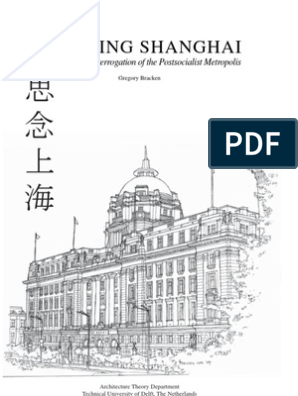100% found this document useful (8 votes)
6K views31 pages9 Physical and Non Physical Determinants of City Form Pattern
This document discusses various physical and non-physical determinants of city form and patterns. It describes elements like buildings, public spaces, streets, transport, and landscape that make up urban patterns. Physical determinants mentioned include skylines, urban form, architectural character, and transport systems. Non-physical determinants include public spaces. The document also provides examples of skylines in Delhi like Chandni Chowk and Connaught Place. It discusses the traffic scenario in Delhi and role of metro and bus transport. The case study of KG Marg in New Delhi highlights its low and high rise buildings, landscape elements, and mix of modern and colonial architecture.
Uploaded by
tanieCopyright
© Attribution Non-Commercial (BY-NC)
We take content rights seriously. If you suspect this is your content, claim it here.
Available Formats
Download as PPTX or read online on Scribd
100% found this document useful (8 votes)
6K views31 pages9 Physical and Non Physical Determinants of City Form Pattern
This document discusses various physical and non-physical determinants of city form and patterns. It describes elements like buildings, public spaces, streets, transport, and landscape that make up urban patterns. Physical determinants mentioned include skylines, urban form, architectural character, and transport systems. Non-physical determinants include public spaces. The document also provides examples of skylines in Delhi like Chandni Chowk and Connaught Place. It discusses the traffic scenario in Delhi and role of metro and bus transport. The case study of KG Marg in New Delhi highlights its low and high rise buildings, landscape elements, and mix of modern and colonial architecture.
Uploaded by
tanieCopyright
© Attribution Non-Commercial (BY-NC)
We take content rights seriously. If you suspect this is your content, claim it here.
Available Formats
Download as PPTX or read online on Scribd
/ 31





















































































































